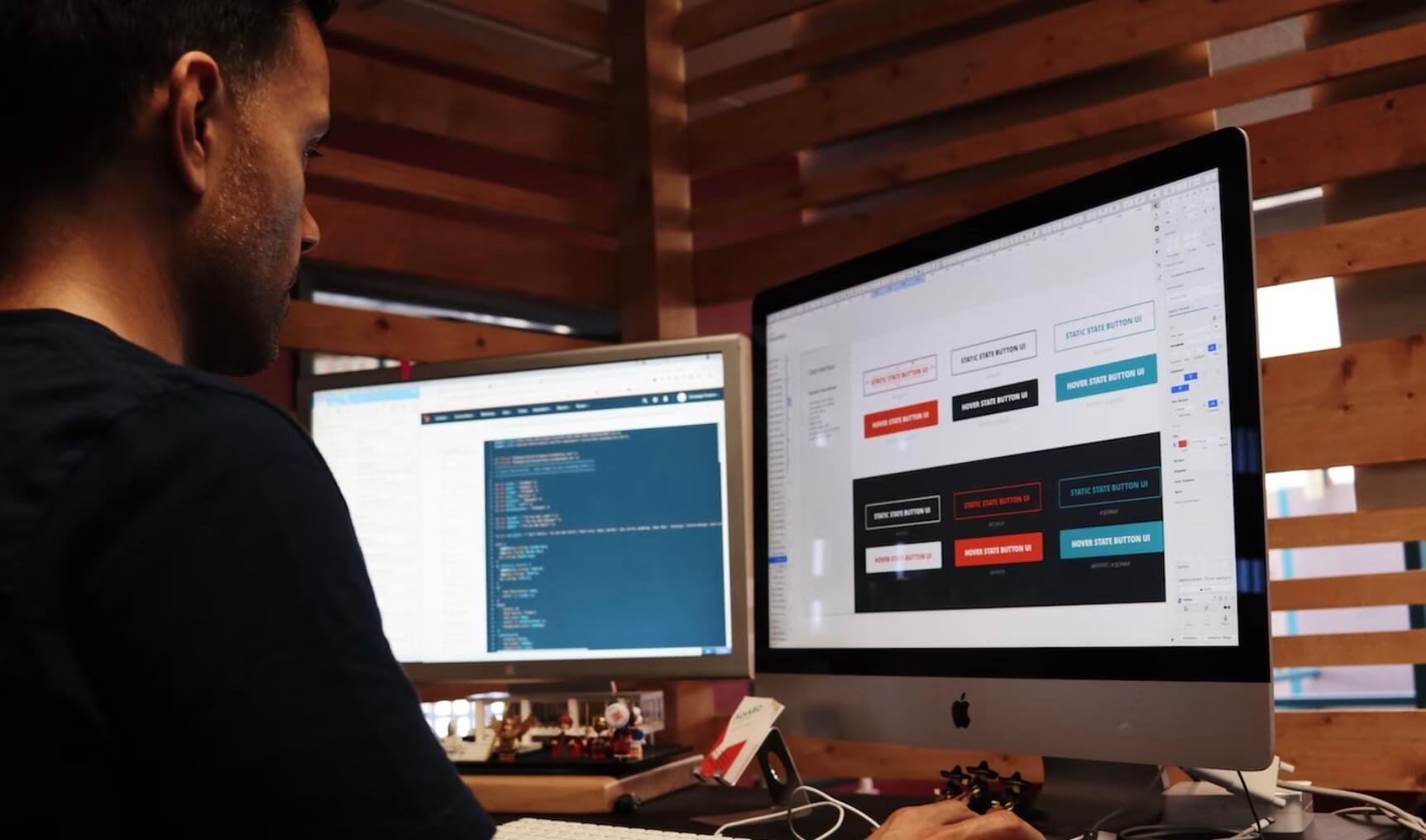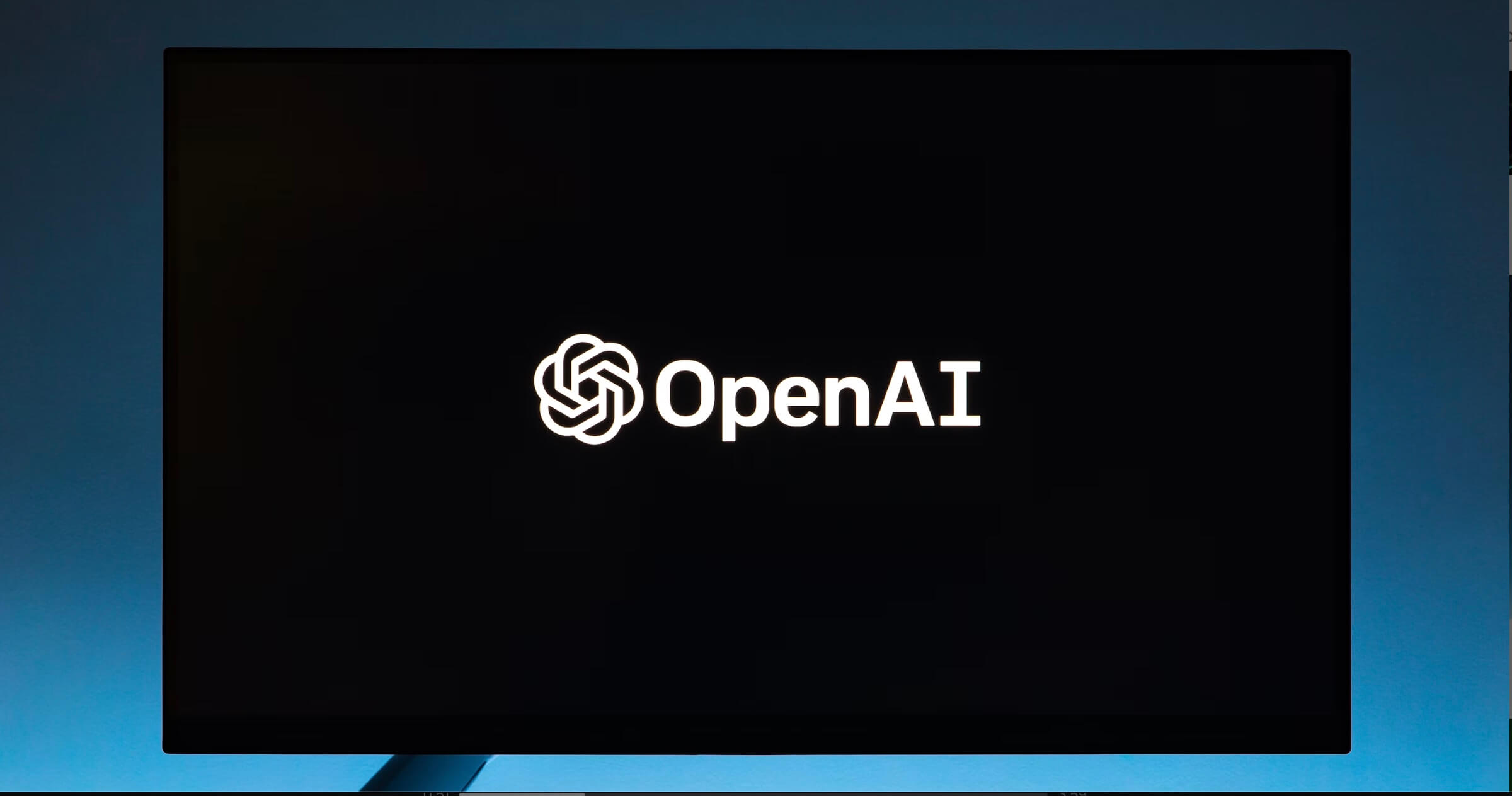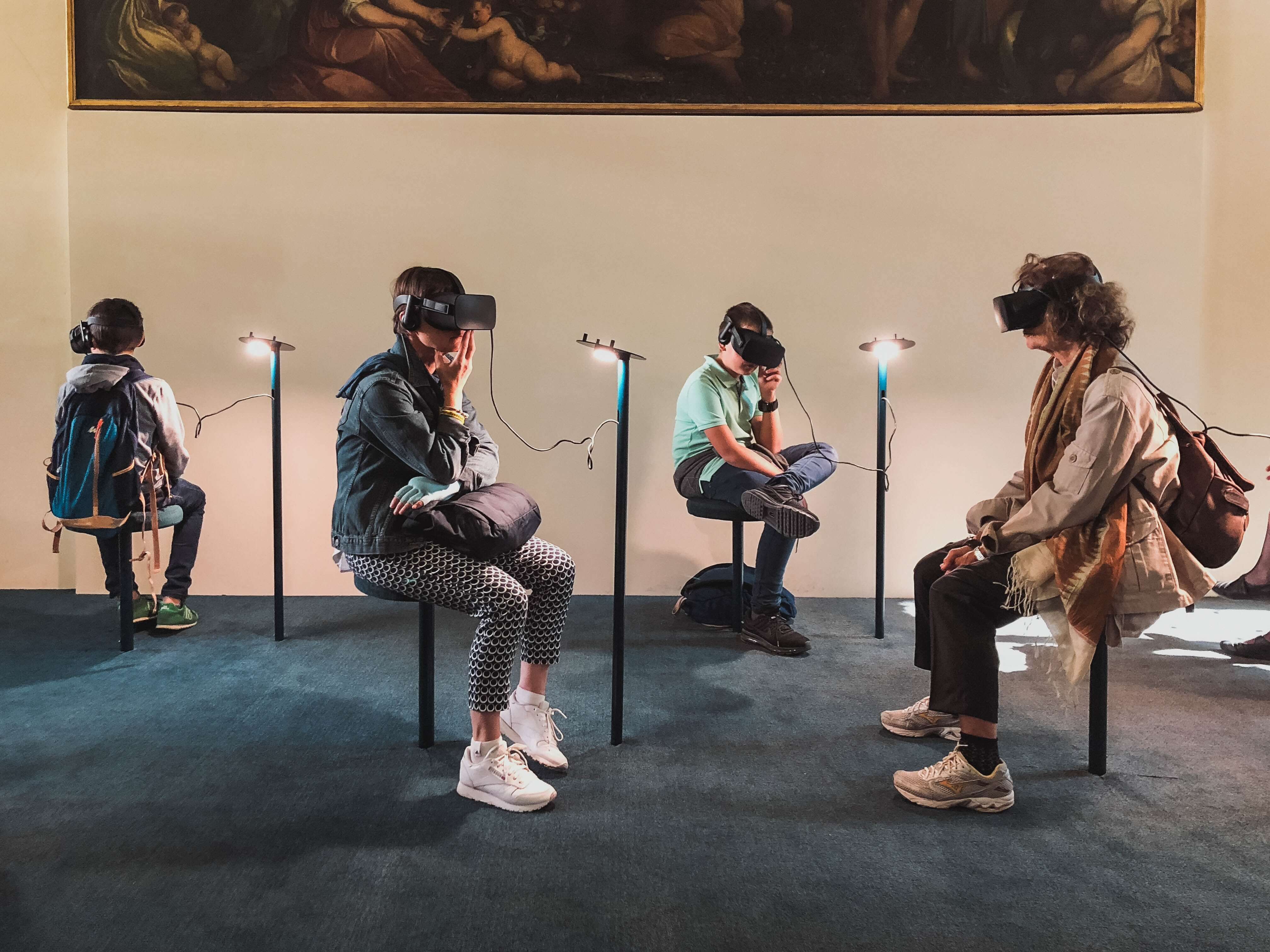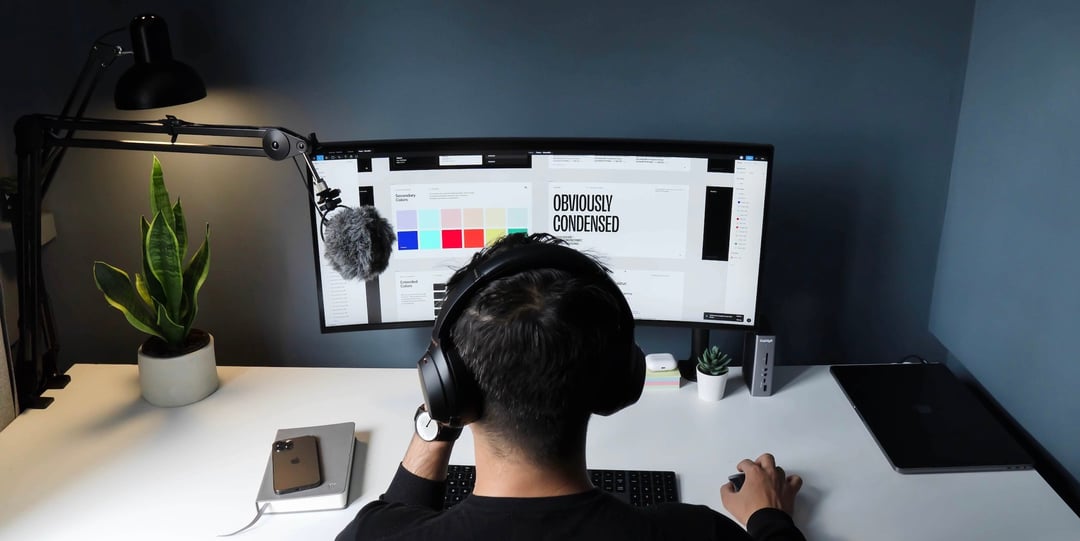
How UI/UX Design Trends Are Shaping the Future of User Experience
By David Ephraim, ATAK Interactive President, Development + Operations
User Experience (UX) and User Interface (UI) design are critical components of creating digital products that users enjoy using. Over the years, these design disciplines have evolved rapidly, driven by technological advancements and changing user needs. As we look ahead to the future, it's essential to stay on top of the latest trends and techniques to create compelling user experiences that delight and engage users. In this article, we'll explore some of the most exciting trends shaping the future of UX and UI design. From artificial intelligence and voice interfaces to augmented reality and immersive experiences, we'll dive into the cutting-edge technologies and design strategies that will define the future of digital experiences. So buckle up and get ready to discover the trends that will shape the future of user experience design.
Embracing Minimalism: The Key to Future UI UX Design
Although minimalism is not a novel idea in UI/UX design, it is becoming more and more popular as technology develops. The relationship between user-centric design and minimalism is one of the reasons for this. The process of developing goods and services with the user's requirements, desires, and preferences in mind is known as user-centric design. In other words, user-centric design aims to develop intuitive, user-friendly, and simple-to-use designs.
Here are some key benefits of embracing minimalism in UI UX design:
Improved usability: Minimalist designs are intuitive and easy to use, which means that users can quickly and easily navigate through the interface. This improves the overall user experience, and it also reduces the learning curve for new users.
Better performance: Minimalist designs are often more lightweight, which means that they can load faster and perform better on slower devices or networks. This is especially important for mobile devices and wearable technology, which often have limited processing power and memory.
Enhanced aesthetics: Minimalist designs are visually appealing because they focus on the essential elements of the interface. This means that the design is uncluttered, clean, and elegant, which can create a positive impression on users.
Improved accessibility: Minimalist designs are more accessible because they are easier to read and navigate. This is especially important for users with disabilities or impairments, who may struggle with complex or cluttered interfaces.
Immersive Experiences: The Future of UI UX Design
User interface (UI) and user experience (UX) design have come a long way since the early days of the Internet. In the past, websites and applications were designed with a focus on functionality, but as technology has evolved, so has the way we approach UI/UX design, especially UI/UX agencies. Today, designers are focusing more on creating immersive experiences that engage users on a deeper level.
An immersive experience is one that fully engages the user's senses and creates a feeling of being present in the digital environment. This can be achieved through a combination of design elements such as visuals, audio, and interactivity. By creating an immersive experience, designers can evoke emotions and create a more meaningful connection between the user and the digital product.
Machine Learning & AI: How it will Impact the Future of UI UX Design

Several industries, including UI UX design, are being rapidly transformed by machine learning and artificial intelligence (AI). The way designers approach their work is being revolutionized by these technologies, which are also creating new prospects for innovation.
Personalization is one of the most significant ways that machine learning and AI will affect UI UX designing businesses. In order to generate personalized user experiences that are catered to each unique user, machine learning algorithms can examine user data. This can range from individualized recommendations to interfaces that change over time in response to the user's preferences.
Another area where machine learning and AI can make a big impact is in automating repetitive design tasks. For example, AI algorithms can analyze user feedback and automatically generate design improvements based on that feedback. This can save designers a lot of time and effort, allowing them to focus on more creative tasks.
The Importance of Accessibility in Future UI/UX Design
Accessibility is crucial in the first place because it guarantees that everyone can use a product, regardless of their physical or mental capabilities. For instance, a product that is usable by someone with a visual impairment will have features that make it easier for them to use it, including the ability to utilize a screen reader or larger text sizes. Designers should ensure that their products are usable by the largest audience feasible by making them more accessible, which may enhance engagement and increase adoption rates.
Another reason why accessibility is so important is that it is required by law in many countries. In the United States, for example, the Americans with Disabilities Act (ADA) requires that digital products and services be accessible to people with disabilities. This means that companies that fail to make their products accessible could face legal action, as well as negative publicity and damage to their brand reputation.
In addition to legal requirements, accessibility is also important from an ethical standpoint. Everyone should have the right to access digital products and services, regardless of their abilities or disabilities. By designing products that are accessible, designers are helping to create a more inclusive society where everyone has equal opportunities to participate in the digital world.
The Rise of Voice-Based User Interfaces in UI/UX Design
Voice-based user interfaces (UIs) offer a more natural and intuitive way for users to interact with devices and applications. They eliminate the need for users to type or click, allowing them to communicate with technology in a way that feels more like talking to another person. This has significant implications for UX design, as it presents new challenges and opportunities for designers.
One of the biggest challenges of designing voice-based UIs is ensuring that the interface is intuitive and easy to use. Because voice commands are spoken, designers need to think carefully about the language they use and the way they structure the interface. They need to ensure that users can easily understand what they can say and how to say it, and that the interface responds in a way that makes sense.
Another challenge is designing for the limitations of voice-based interfaces. For example, voice commands are not always accurate, and users may struggle to pronounce certain words or phrases. Designers need to account for these limitations and ensure that the interface is forgiving and provides feedback that helps users correct their mistakes.
Despite these challenges, voice-based UIs offer a number of advantages over traditional UIs. They are hands-free, which makes them ideal for use in situations where users need to keep their hands free, such as when driving or cooking. They are also more accessible, as they allow users with disabilities or injuries that limit their ability to type or use a mouse to interact with technology.
Virtual Reality: The Potential Future of UI/UX Design

Virtual Reality (VR) is a technology that has the potential to revolutionize the way we interact with digital content. From gaming to education, VR has already made significant strides in many fields. One area where VR is poised to make a significant impact is in User Interface (UI) and User Experience (UX) design.
UI and UX design are essential components of any digital product. They determine how users interact with a product and how they feel about it. The success of a product often depends on how well its UI and UX have been designed. With VR, designers can create immersive experiences that go beyond traditional 2D screens.
One of the significant advantages of VR in UI and UX design is the ability to create more intuitive and natural interactions. In a traditional UI, users interact with digital content by clicking on buttons, scrolling through pages, and typing on a keyboard. These interactions are limited by the physical constraints of a 2D screen. In VR, designers can create interfaces that allow users to interact with digital content in a more natural way, such as grabbing objects or moving around in a 3D environment.
The Role of Personalization in Future UI/UX Design
Personalized UI/UX design is proven to improve user engagement. When users receive tailored experiences, they are more likely to engage with the interface, spend more time on the website or app, and return more frequently. Personalization can increase user engagement by providing relevant content, suggesting products or services based on previous purchases, or offering personalized recommendations.
Personalized UI/UX design companies can help to improve user retention rates. When users feel that an interface understands their unique needs and preferences, they are more likely to stick around. Personalization can help to build a connection between the user and the interface, making it more difficult for users to switch to competitors.
Personalization can significantly enhance the user experience. By creating a design that caters to the user's unique needs, designers can improve the overall user experience. Personalization can help to reduce friction in the user journey, making it easier for users to accomplish their goals.
Micro-interactions: A Game Changer in UI/UX Design

Micro-interactions are small interactions that occur between a user and an interface. These interactions are designed to provide feedback, convey information, or enhance the overall user experience. Examples of micro-interactions include animations, hover effects, sound effects, and other small visual cues that occur in response to user actions.
Micro-interactions are an essential component of UI/UX design because they help to create a more engaging and satisfying user experience. They provide users with feedback on their actions, help them to understand how to use an interface, and make the overall experience more enjoyable.
The Importance of Micro-Interactions in UI/UX Design
- Enhancing User Experience
- Conveying Information
- Building Brand Identity
- Increasing Engagement
- Improving Usability
The Impact of Augmented Reality on UI/UX Design
Augmented Reality (AR) is a technology that allows the user to overlay digital information onto the real world. AR has been making significant strides in recent years, and it has the potential to revolutionize the way we interact with technology. AR can have a tremendous impact on UI/UX design, and in this article, we will explore how.
AR can significantly enhance the user experience by creating a more immersive and engaging environment. By overlaying digital information in the real world, AR can create a more natural and intuitive interface that feels more like an extension of the real world. This can make the overall experience more enjoyable and satisfying for users.
Conclusion
In conclusion, UX and UI design are essential components of creating digital products that are user-friendly, intuitive, and easy to use. Minimalism is becoming increasingly popular in UI UX design because it enhances usability, performance, aesthetics, and accessibility. Designers are now focusing more on creating immersive experiences that fully engage users' senses and emotions. Machine learning and AI will have a significant impact on the future of UI UX design, particularly in personalization and automation.
Related Posts

How can a UI/UX Agency Impact My Business and Improve Our Customer Behavior?
In today's world, a strong online presence is crucial for the success of any business. One of the key factors that can make or break your online presence…

The Top AI-Powered Tools You Need to Know About Graphic Design
Artificial intelligence (AI) has become a game-changer for many industries, including graphic design. AI graphic design tools utilize machine learning and…

The Role of a Web Design Agency in Boosting Your Online Presence
We examine the field of web design and the work of web designers in this blog. It takes a variety of talents, including graphic design, coding, and user…
.webp?width=1000&height=655&name=Image%20-3%20(2).webp)